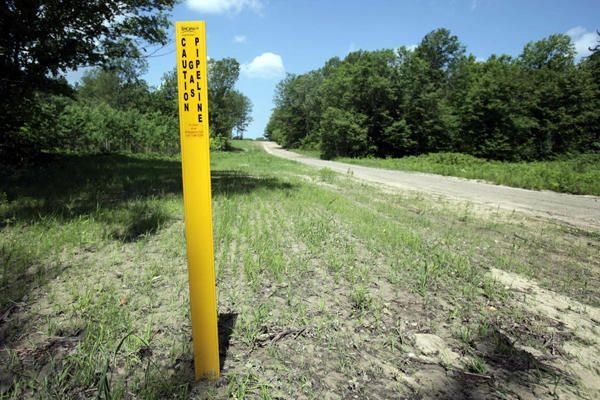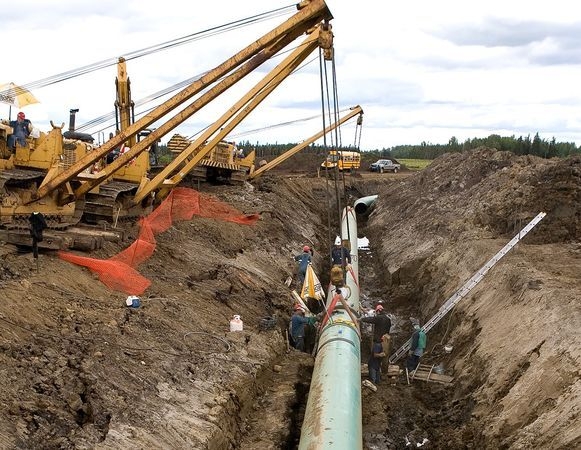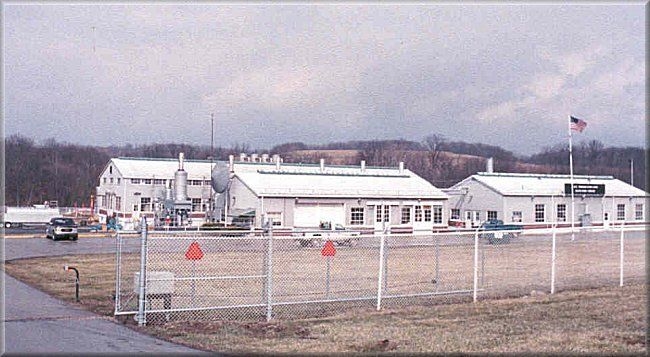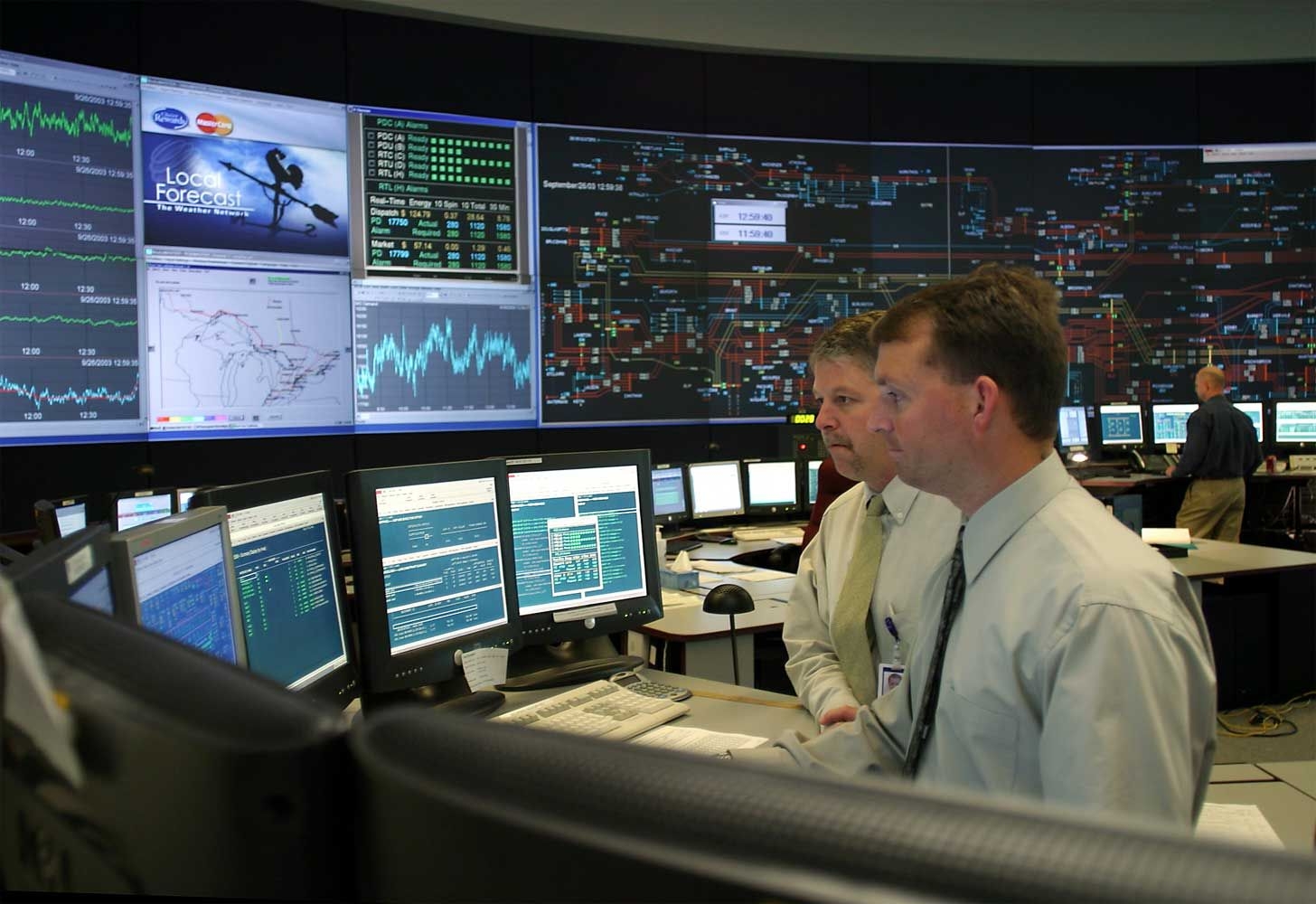Piping Gas:
The Components
Because it is a gas, natural gas wants to be free. The gas wants to mix with the other gases in the air, diluting and reacting with other compound gases in the atmosphere. Once vented into the atmosphere, it is almost impossible to extract from the air and restore it to its useful form.
The most practical way to move natural gas is via pipeline. Sometimes it is moved in tanks, in a compressed or liquid form, but for the most part it is moved in pipes.

We usually don’t see the pipes, since they buried underground. For the most part, pipelines follow right-of-way easements. An easement is a right-of-way agreement between a pipeline company and property owner, filed in the county clerk’s office with property deeds. Rights-of-ways and easements provide a permanent, limited interest in the land that enables the pipeline company to install, operate, test, inspect, repair, maintain, replace, and protect one or more pipelines within the designated easement. Easements vary the rights and widths of the right-of-way. Generally, the pipeline company's right-of-way extends 25 feet from each side of a pipeline unless special conditions exist.
Pipeline operators' guidelines for property use and construction generally prohibit property owners from installing any structures, storing obstructions (like a boat or a car), or planting trees or shrubs along the right of way. Using aerial and ground inspections of pipelines, operators check for right-of-way violations and for leaks or other damage, install and maintain pipeline markers, and clear brush and other natural obstructions, like trees. Operators may allow gardening and agricultural planning over the pipelines if the landowner asks first and receives authorization.
The invisibility of these gas pipelines hides how many there really are. According to the Department of Energy Information Administration, there were 308,954 miles of gas transmission pipeline in the US in 2008. It looks like 2008 is the latest data – as reported by the Department of Energy (DOE). Pipelines of all kinds are regulated through an alphabet soup of federal and state regulators, each covering a different part of an integrated system. The US Department of Transportation (DOT) is responsible for part of the safety and construction regulations through the Pipeline & Hazardous Materials Safety Administration (PHMSA). The Federal Energy Regulatory Commission (FERC) regulates the rates and tariffs the operators can charge to move the gas, and the National Transportation Safety Board (NTSB) investigates when things go wrong and makes recommendations for making things safe.
With the expanded development of natural gas in shale deposits around the country, it is reasonable to assume that more pipelines must be under construction. In reality, construction of new pipelines is regulated by an additional combination of state and federal agencies, including the Environmental Protection Agency (EPA), The DOE, Department of Justice (DOJ) and various state-level equivalents. The resistance to the Keystone XL is just one example of the regulatory hurdles that any pipeline operator must face, and an indicator of how difficult it is to build additional capacity into new areas.
As an example, in the Bakkin oil fields, well operators burn off natural gas in flare towers at the wells because gathering and transmission pipelines do not exist in the area. Oil is the primary moneymaker. As a liquid, it is easier than gas to contain and transport without a pipeline.
Still, the energy industry is busy building more pipelines. While most of the work focuses on the capacity expansion in current right-of-ways, and replacement of aging trunk pipe, some newer lines are under construction to connect new supply fields with the existing network.
Components
The natural gas pipeline network is a system that moves gas from the areas of production to the areas of consumption. As a system, the pipeline network comprises a number of components that help move the gas from production to consumption.
Transmission Pipes

Mainline transmission pipes are usually between 16 and 48 inches in diameter. Lateral pipelines, delivering natural gas to or from the mainline, are typically between six and 16 inches in diameter. Major interstate pipelines are between 24 and 36 inches in diameter. Produced in specialized steel mills, pipeline pipe is made of strong carbon steel engineered to meet standards set by the American Petroleum Institute (API).
The mills construct large-diameter pipes (20 to 42 inches) from sheets of steel folded into a tube shape with the ends welded together to form a pipe section. Small diameter pipe (less than 20 inches) uses a seamless method, by which the plant heats a metal bar to very high temperatures and punches a hole through the middle of the bar to produce a hollow tube. After production, the plant tests the pipe to ensure that it meets pressure and strength standards required for transporting natural gas.
In the manufacturing process, the plant covers line pipe with a specialized coating to ensure that it does not corrode once placed in the ground. The coating protects the pipe from corrosion-causing moisture. Older technology used a specialized coal tar enamel to coat the pipes. Newer technology uses a fusion bond epoxy, which gives the pipe a noticeable light blue color. In the field after installation, some operators use a cathodic protection method, running an electric current through the pipe to ward off corrosion.
Compressor Stations
To move through a pipeline, natural gas must be pressurized. In interstate pipelines the pressures are very high, between 200 and 1,500 pounds per square inch gauge (psig). Compressor stations keep the gas under pressure and moving through a pipeline. Placed every 40 – 50 miles along the pipeline, the compressor stations take the natural gas as it enters the station and compress it with a turbine, motor, or engine based compressor.

Using a small portion of the gas moving through the pipeline, the turbine turns a centrifugal compressor, which contains a type of fan that compresses and pumps the natural gas through the pipeline. Some compressor stations replace the turbine with an electric motor to turn the centrifugal compressor, requiring a reliable source of electricity. Reciprocating natural gas engines, resembling a very large automobile engine and powered by natural gas from the pipeline, turn the compressors.
Compressor stations usually contain a liquid separator, much like the ones used to dehydrate natural gas during its processing. Consisting of scrubbers and filters, these separators capture any liquids or other unwanted particles that could damage the pipeline. While natural gas in pipelines is a dry gas, small amounts of water and hydrocarbons do condense out of the gas stream while in transit.
Natural gas moves through the transmission system at up to 30 miles per hour, so it can take several days for gas to travel from Texas to the Northeast. Metering stations placed at intervals along interstate natural gas pipelines allow pipeline companies to track the flow of gas.
Valves
A valve in a pipe controls the flow of material through the pipe. Just like the faucet valve on a kitchen sink, or the valves in the plumbing system of a home, the valves of interstate pipeline systems control the flow of gas. Working like gateways, the valves are usually open to allow natural gas to flow freely, but they can also stop gas flow along a certain section of pipe. If a section of pipe requires replacement or maintenance, the operators close the valves on either end of that section of pipe to allow engineers and work crews safe access. Placed every five to 20 miles along the pipeline, these large valves help ensure that the pipeline meets regulatory safety codes.
Control Stations and SCADA Systems
In order to safely and economically manage the natural gas moving in a pipeline, and to ensure timely delivery of the gas, pipeline operators use sophisticated control systems to monitor the gas as it travels through all sections of what may be a very lengthy pipeline network. The operators use centralized gas control stations to collect, assimilate, and manage data received from monitoring and compressor stations along the pipeline.

These control stations depend on Supervisory Control and Data Acquisition (SCADA) systems — essentially sophisticated communications systems — to take measurements and collect data along the pipeline (usually in metering or compressor stations) and transmit it to the centralized control station. The SCADA monitors and reports the flow rate through the pipeline, as well as operational status, pressure, and temperature readings to assess the status of the pipeline at any given time.
Working in real time, the SCADA allows pipeline engineers to monitor what is happening along the pipeline at all times. This allows for quick reactions to equipment malfunctions, leaks, or any other unusual activity along the pipeline. SCADA systems allow for remote operation of certain equipment along the pipeline, including compressor stations, allowing engineers in a centralized control center to immediately and easily adjust flow rates in the pipeline. However, SCADA systems report only the symptoms, not the causes of failures in a pipeline system. If a pipeline breaches, the SCADA system alerts operators to the resulting pressure drop in the affected section, but it cannot tell them the cause of the problem. Operator experience and training helps the engineers interpret the results and take proper action.
Operations Overview
This nine-minute video by INGAA.ORG (Interstate Natural Gas Association of America) provides a great overview of a long-haul gas transmission pipeline. The video illustrates some of the network design points that we will cover in the next article.
Construction
Pipelines are major construction projects. This next video, also from INGAA.ORG, provides a great overview of the construction process.
The short video below highlights the current corrosion-prevention methods using epoxy and cathodic protection.
The final video in this article is a great step-by-step demonstration of how the pipe is unloaded, bent to fit grade, reamed, welded, inspected, coated, and then lifted into the ditch.


